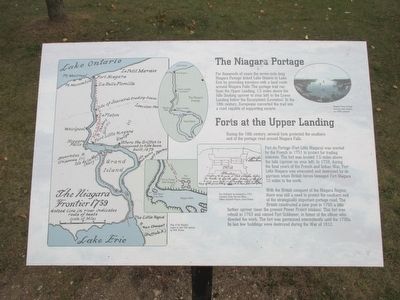Welcome to the Carlos Vierra House, a landmark nestled in the rich cultural tapestry of New Mexico. While detailed records of its founding are scarce, the house is associated with the esteemed artist and architect, Carlos Vierra, who is credited with bringing the Pueblo Revival style to Santa Fe in the early 20th century.
Carlos Vierra arrived in Santa Fe in 1904, seeking a cure for his tuberculosis in the area’s dry climate. Captivated by the region’s unique landscapes and cultures, he chose to settle here permanently. Vierra’s work was pivotal in the creation of the Pueblo Revival style, which blends elements of Native American architecture with Spanish Colonial and Territorial styles. His influence can still be seen throughout Santa Fe today.
The Carlos Vierra House is not just a structure but a testament to the artistic and cultural movements that shaped New Mexico. As you pass by, imagine Vierra himself at work, painting the landscapes that inspired him, or sketching plans that would define a regional architectural style.
The house also played a role in the broader historical context of Santa Fe’s development. During the early 20th century, there was a concerted effort to preserve and promote the unique cultural heritage of New Mexico. Vierra’s work and his house served as a catalyst for this movement, influencing both local and visiting artists and architects.
Over the years, the Carlos Vierra House has evolved, yet it remains a symbol of the artistic spirit and cultural melding that characterize Santa Fe. Though specific events at the house are not widely documented, its presence continues to intrigue historians and art enthusiasts alike.
As you ponder the legacy of Carlos Vierra and his contributions to New Mexico’s architectural and cultural heritage, consider how this house, like many others, tells a story of innovation, adaptation, and enduring influence.


